Explorer
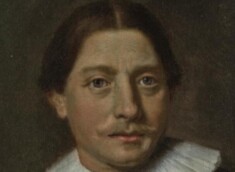
Abel Janszoon Tasman
Dutch explorer credited with being the first European to reach what are today known as Tasmania, Australia; New Zealand; and Fiji in the South Pacific.

Dutch explorer credited with being the first European to reach what are today known as Tasmania, Australia; New Zealand; and Fiji in the South Pacific.
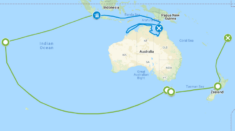
Abel Janszoon Tasman’s explorations across the Indian Ocean and into the South Pacific helped him become the first European to discover Tasmania, and confirm Australia as an island continent.
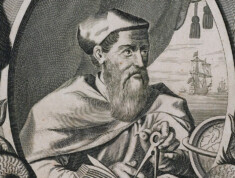
Vespucci realized the land he was exploring was a separate continent and not part of Asia, as he and many others believed at the time. The continents of North and South America are named after him.
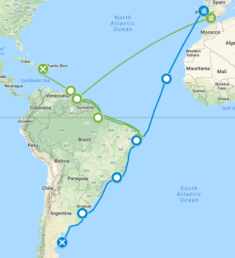
Amerigo Vespucci’s voyages across the Atlantic helped prove that Columbus did not reach Asia, but instead found a New World to the Europeans
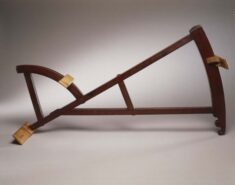
Similar to a cross-staff, the backstaff uses the shadow of the sun instead of the direct view of the sun to obtain the altitude.
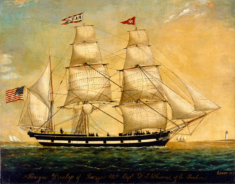
Large, multi-masted barques transported cargo and goods on ocean voyages.
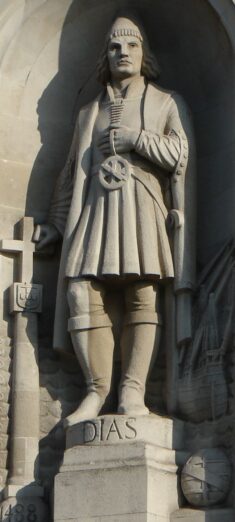
He was the first European explorer to sail around the tip of Africa, proving the Atlantic Ocean connects to the Indian Ocean, which opened opportunities for a new trade route to India.

Bartolomeu Dias proved for Europeans that Africa is not connected to the bottom of the world, and that the Atlantic and Indian Oceans connect; thus opening a faster trade route to India

Small cargo vessel used heavily for trade, caravels were an important ship during the earliest Atlantic Ocean crossings.
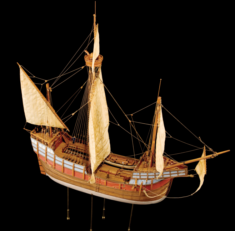
Merchant ships that helped make possible the great voyages of European exploration in the 15th and 16th centuries.
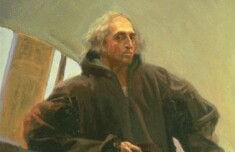
He is credited for discovering the Americas in 1492, although we know today people were there long before him; his real achievement was that he opened the door for more exploration to a New World.
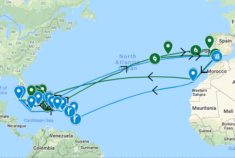
Christopher Columbus sailed west across the Atlantic Ocean searching for a new sea route to the spices in India. He never made it to Asia, but instead discovered a “New World” to Europeans.

Privateer and notable explorer most remembered as the leader of the expedition to Virginia in 1606 and the establishment of the Jamestown Colony
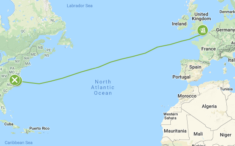
Christopher Newport was among the first to the Jamestown Colony in 1607, and through his voyages, resupplied the colony to help keep it growing and sustained
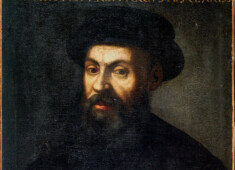
He led the first circumnavigation of the world, and is considered the first European to cross the Pacific Ocean
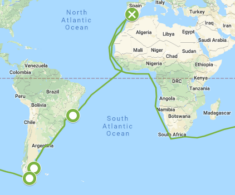
Ferdinand Magellan is credited for making the first European voyage around the globe
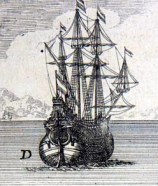
Used primarily for trade, the Fluit was adept at sailing in colder climates and had a large cargo hold.
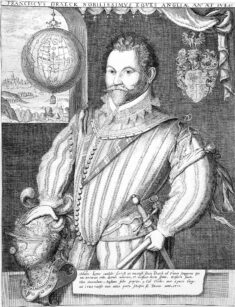
He effectively ended Spanish dominance over the seas and the New World, allowing England to become a global empire.
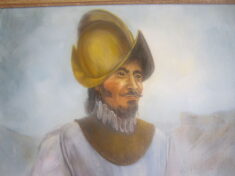
He explored the southwestern part of the United States, which helped claim the land for Spanish colonization
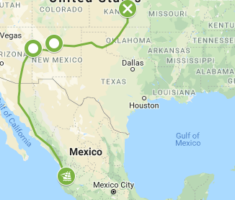
Francisco Coronado was one of the first Europeans to heavily explore the southwest portion of North America for the Spanish Empire
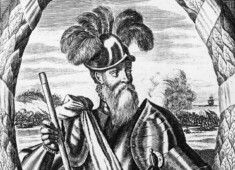
Francisco Pizarro contributed to the Spanish empire gaining control over South America by conquering the great Inca Empire in Peru
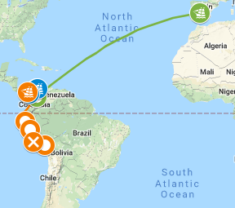
Francisco Pizarro’s voyages gave Spain a strong grip in the New World by conquering the Inca Empire and claiming much of South America for the Spanish Empire
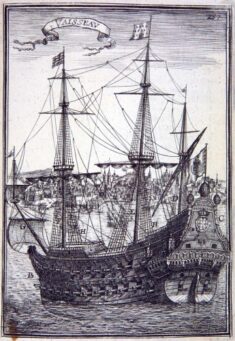
The galleon developed in the early 16th century from ships such as the caravel and the carrack.

He explored much of the North American east coast from North Carolina up to Maine, and was the first European to reach present day New York
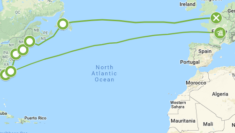
Giovannia da Verrazzano’s voyages took him along most of the eastern coast and surrounding waterways of North America
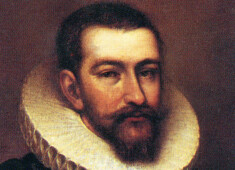
English captain and navigator who discovered the Hudson River, Hudson Strait and Hudson Bay and sailed through parts of the Arctic on his search for a Northwest Passage to China
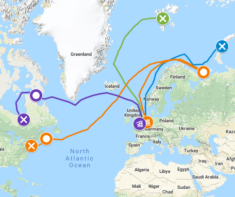
Henry Hudson made several voyages along upper North America and into the Arctic while searching for the Northwest Passage route to Asia
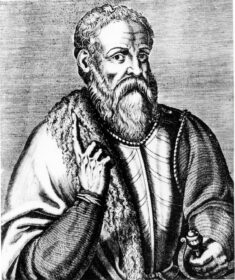
Hernán Cortés was the Spanish conquistador responsible for conquering the Aztec Empire and building Mexico City which secured Spain’s position in the New World.
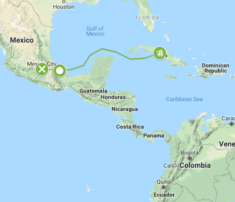
Hernando Cortes sailed from Spain to the Caribbean and then eventually to Mexico where he went on to conquer the Aztec Empire
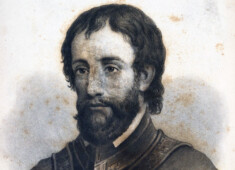
Spanish explorer and conquistador who helped conquer parts of Central and South America, explored the southeastern region of the United States, and is credited as the first European to cross the Mississippi River
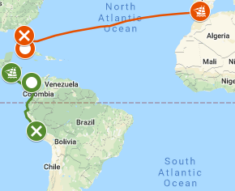
Hernando de Soto explored and conquered parts of Central and South America, and became credited as the first European to cross the Mississippi River in North America
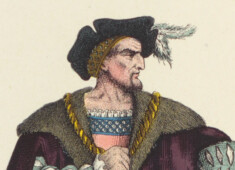
French navigator and explorer credited with naming Canada, exploring the St. Lawrence River, and Canadian areas that would become French territory
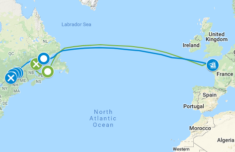
Jacques Cartier’s voyages across the Atlantic Ocean brought him to northern North America which he claimed for France and named “Canada, and explored much of the St. Lawrence River
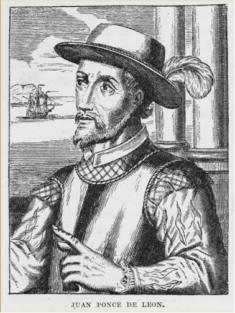
He was a Spanish explorer who became the first governor of Puerto Rico, the first European known to reach the mainland of present day United States, and he gave Florida its name.
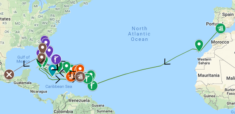
Juan Ponce de Leon sailed and explored the southern east coast of North America for Spain, and gave “Florida” its name
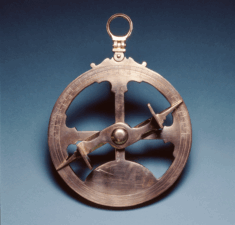
One of the oldest of all the altitude measuring devices, the astrolabe is an angle-measuring tool. Its name comes from the Greek, “to take a star.”
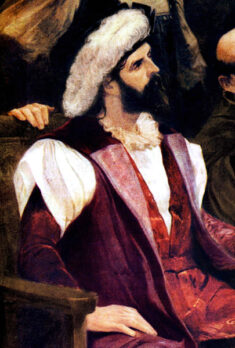
He was the first European to discover Brazil, and also established a successful sea route to India and a leader in trade there

Pedro Álvares Cabral claimed Brazil on the eastern side of South America for Portugal
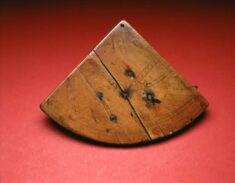
Used at sea as early as the mid 1400s, the quadrant was used by sailors to measure the height of Polaris, the Pole star.
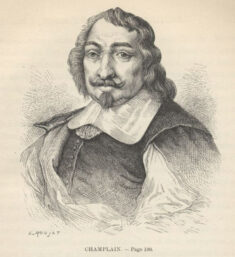
French explorer and cartographer best known for establishing and governing settlements in Canada, mapping the St. Lawrence River, discovering the Great Lakes, and founding the city of Quebec

Samuel de Champlain took several voyages to Canada, where he mapped the St. Lawrence River and became the first European to discover the Great Lakes
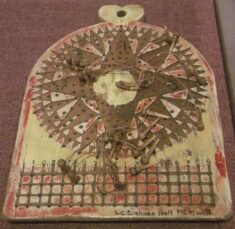
The Traverse Board was used to record the direction a ship was sailing along with the corresponding speed of the ship for the same four hour period.
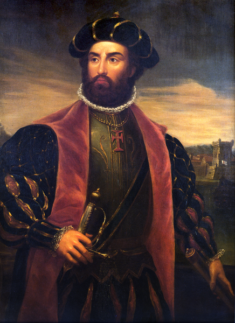
Portuguese explorer and navigator who found a direct sea route from Europe to Asia, and was the first European to sail to India by going around Africa.
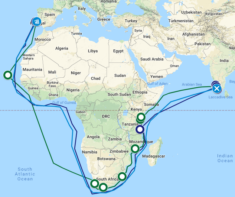
Vasco da Gama was the first European to reach Asia by sailing around the southern tip of Africa
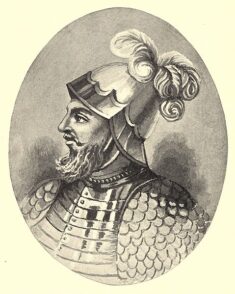
Explorer and Conquistador who was head of the first South American settlement, and the first European to discover the Pacific Ocean
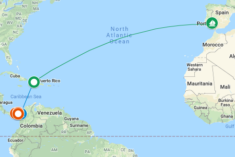
Vasco Nuñez de Balboa not only explored parts of South America, became he became the first European to reach the Pacific Ocean
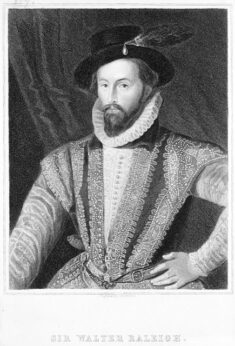
British explorer who sponsored the first attempt to found a permanent English settlement at Roanoke Island, and later sought to find the legendary city of El Dorado.
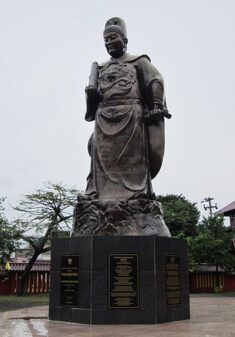
Chinese explorer who commanded several treasure fleets – Chinese ships that explored and traded across Asia and Africa. His expeditions greatly expanded China’s trade.
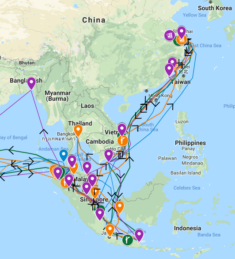
Zheng He took seven major voyages throughout Asia and to parts of Africa, making him one of China’s greatest explorers